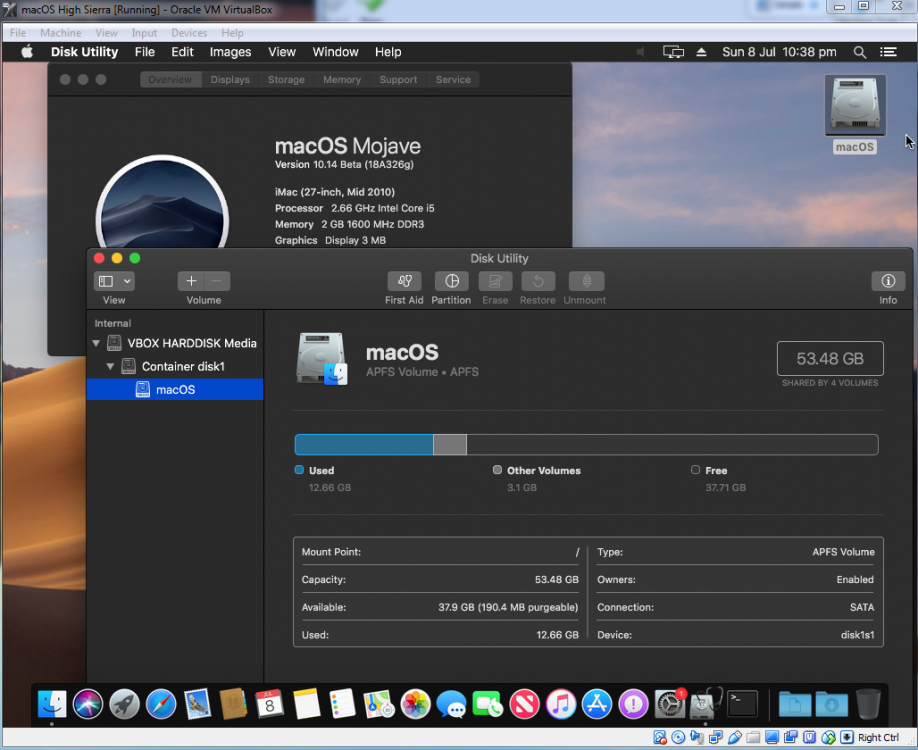

The ambiguity of that last statement is I did that awhile before writing this comment, and I don't recall what I booted into first, only that it worked and was not hard to figure out what to do at that point. Installation will continue, or you will boot into the OS or get the Recovery Utilities menu (where macOS can be reinstalled from or Disk Utilities run). If the recovery partition isn't present and valid, these instructions won't work.Ĭlick the second entry. If the second partition isn't the recovery partition, look under the paths in the list to see if one of them is it. The second PCI path is probably to the recovery partition, the one you need to boot from. The first PCI path in the list is probably the boot partition that doesn't contain bootable firmware. You should see two entries in a list (they are cryptic-looking PCI bus paths). Select Boot Maintenance Manager and click. You'll be brought into an EFI text-mode GUI. I was able to fix the UEFI problems as follows (credit to the VirtualBox forum): After manually directing EFI to boot into macOS for the first time, macOS automatically fixed up the boot partition, and subsequent boots worked properly. This is easy, but you should always backup a Mac before installing any system software update.
OSX HIGH SIERRA UPDATE
If you are still running macOS High Sierra 10.13, then you need to update to the latest point release version available (10.13.1, 10.13.2, etc). In my case, after installing macOS into a virtual machine according to these instructions (running the macOS installer from an ISO image downloaded from Apple), on first boot, the boot partition was present, but unconfigured (probably no boot image installed). Apple regularly releases software updates to system software, and macOS High Sierra is no different. By now you may have surmised boot.efi is an EFI standard filename that lives at an EFI standard path in a disk partition, and it contains OS-specific boot firmware (e.g., Windows, Linux, etc. Ultimately, the objective is provide a boot partition that contains a macOS boot.efi.

Shut down your Mac Choose Apple menu > Shut Down and wait until your Mac turns off.
OSX HIGH SIERRA HOW TO
Your immediate objective is to help EFI locate and execute OS-specific boot firmware. How to reinstall macOS You can use macOS Recovery, your computer's built-in recovery system, to reinstall the Mac operating system. However, assuming you have a macOS recovery partition on that disk, it should contain a copy of boot.efi (macOS-specific boot firmware) that you can boot into the OS with. UEFI requires intervention, because the EFI firmware on the Mac's motherboard can’t find valid OS-specific EFI boot firmware in the standard location on disk.


 0 kommentar(er)
0 kommentar(er)
